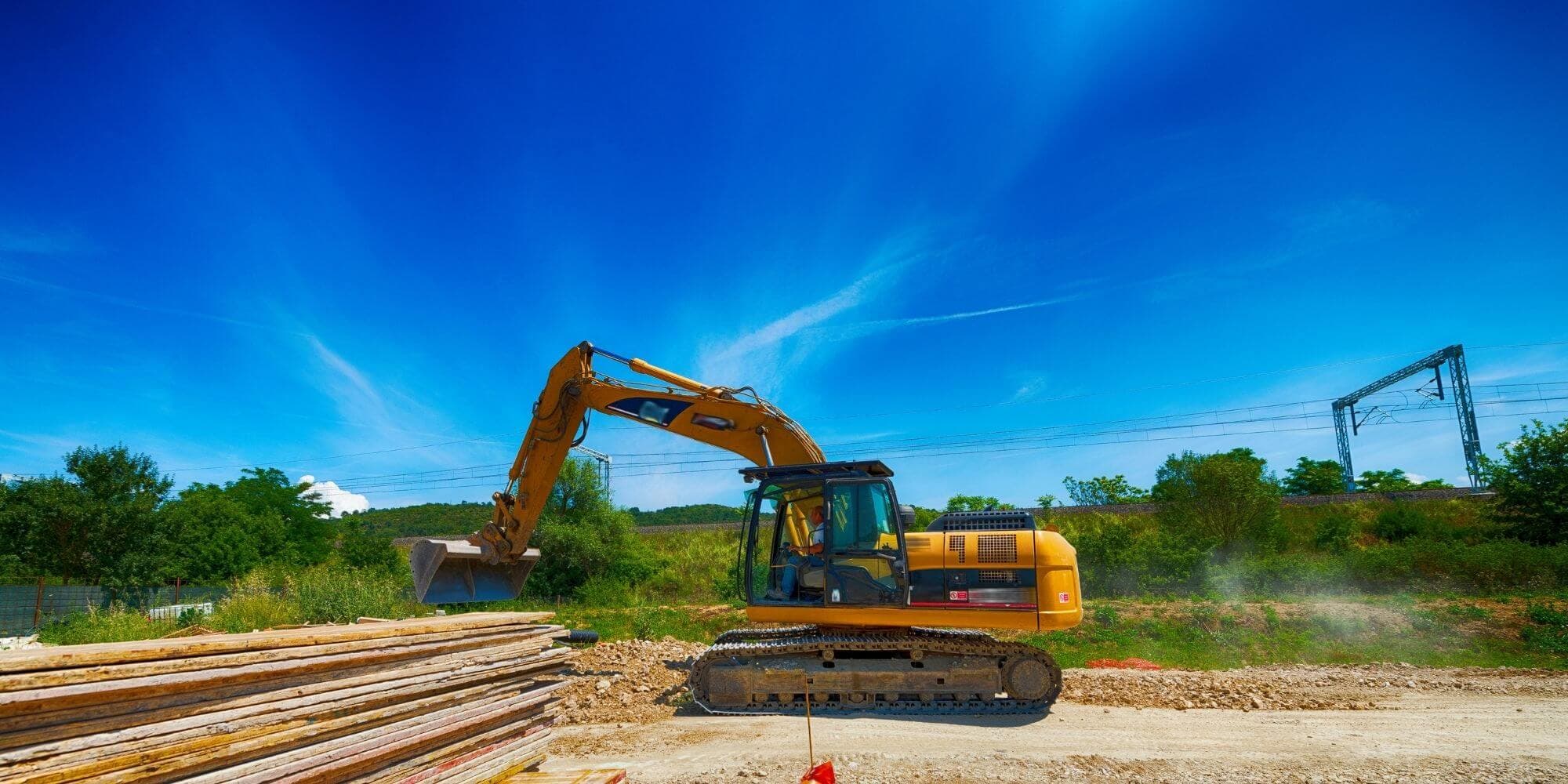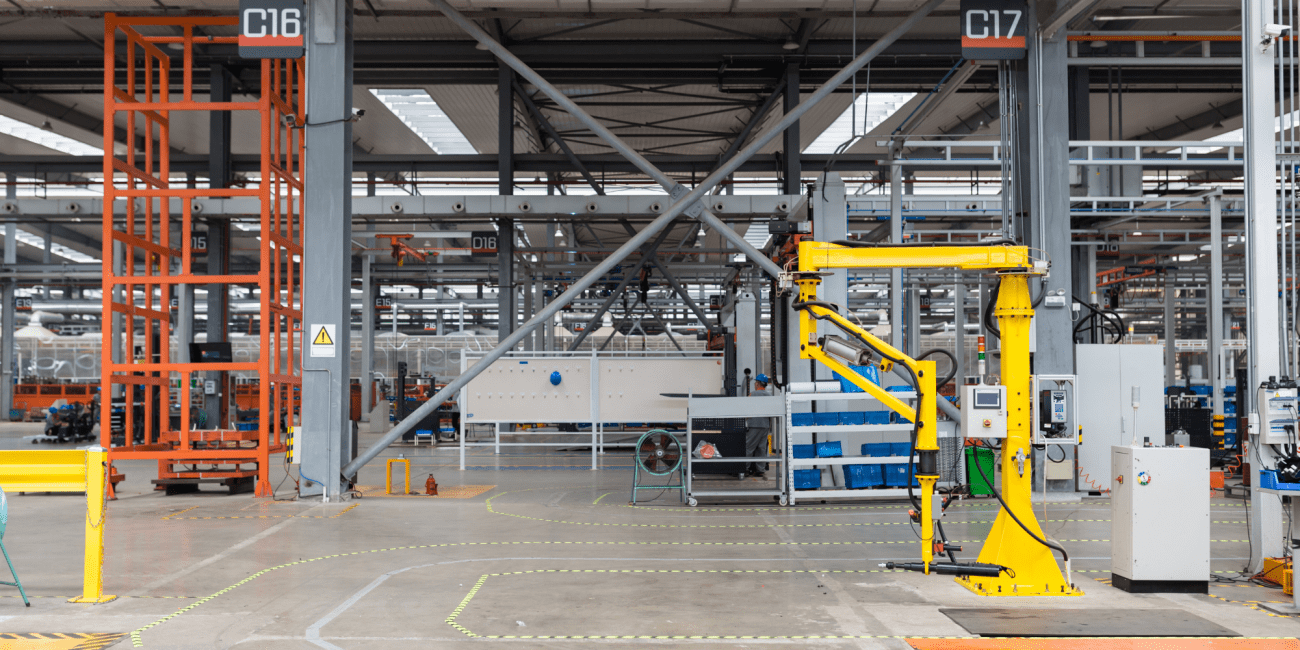
Allowance Claims Should be Double Checked
Before submitting your tax returns, consider if you are claiming all the allowances that you are entitled to. For example, have you purchased a new building during the year and considered any capital allowances that may be claimable on integral features in the building? Annual Investment Allowance (AIA) is an important and lucrative first-year allowance but it is only available on expenditure in the year that the expenditure is made.
To learn more about reducing your taxable income, check out our guide to deducting allowances.
Latest News
-
 15 November 2024
15 November 2024Specialist CA Tax Advice for Accountants
At CARS, we’ve been providing expert support and advice for accountants for years. We understand that in the fast-paced world of accounting, keeping up with every aspect of tax legislation can be a daunting task. For accountants, Capital Allowance (CA) tax relief is an area that holds significant... -
 8 November 2024
8 November 2024Understanding Research and Development Allowances (RDAs) on Capital Expenditure
Innovation is a beacon of progress, driving companies toward success and relevance. The pivotal role of Research and Development (R&D) in fostering innovation is recognised and, as a result, incentives are offered to businesses through mechanisms like Research and Development Allowances (RDAs). Understand...
Contact Us
Our expert team are here to help answer any of your capital allowances questions or enquires you have about your commercial property.





